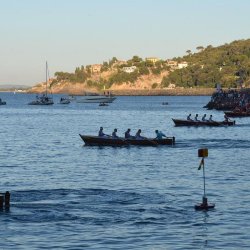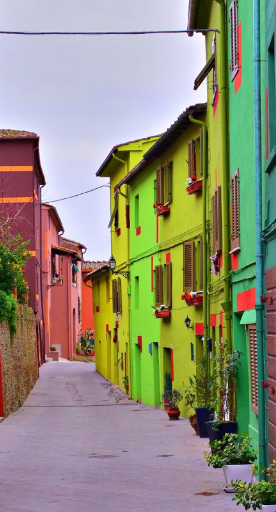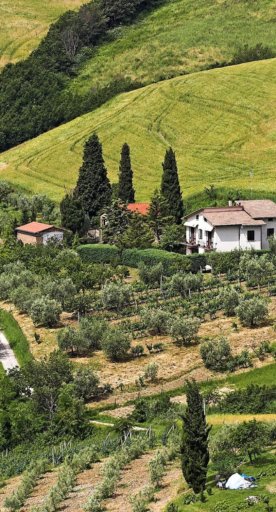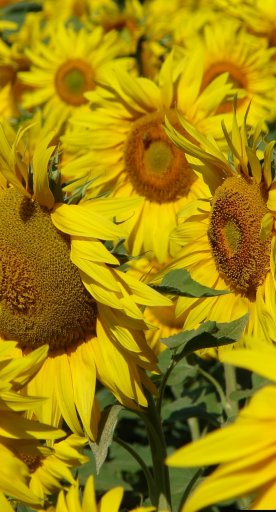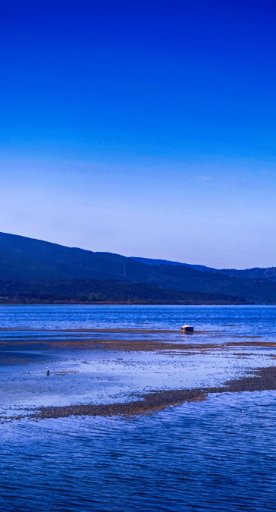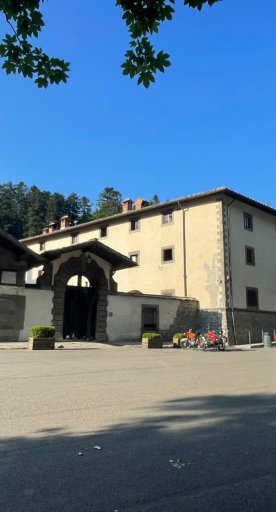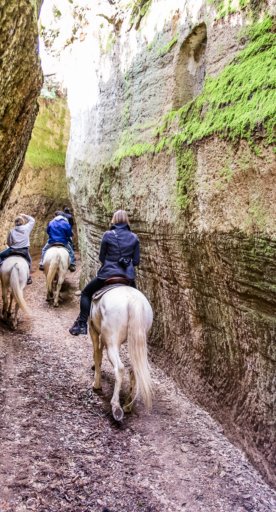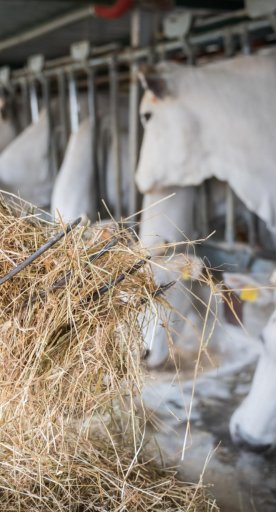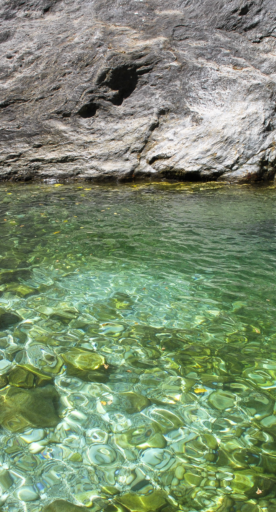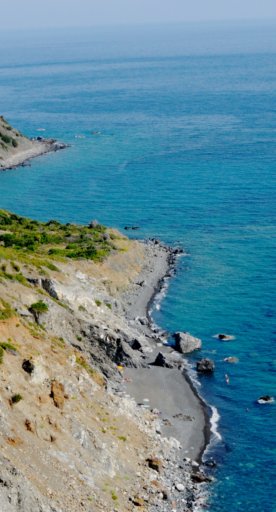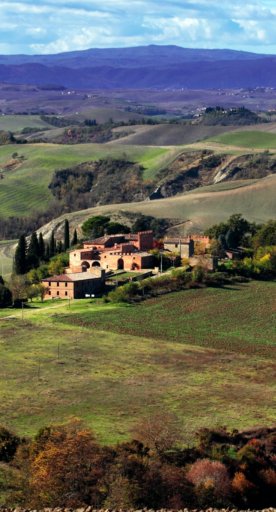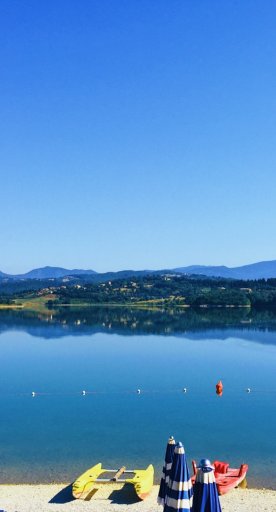The springs of Roccastrada
Exploring the town’s weirs, fountains and springs
This tour of Roccastrada seeks out the town’s water, an essential resource. It’s a fascinating way of exploring this medieval town by checking out the washhouses, springs, fountains and weirs.
-
1.Fonte della Lama
-
2.La Fonte (via della Fonte)
-
3.Fonte dell'amore e della passione
-
4.Mulino della Ferriera
Fonte della Lama
Cited in Leopoldine documents that are believed to date to the 1800s, this stone water fount was the town’s public washhouse for decades.
La Fonte (via della Fonte)
This seventeenth-century arch and trachyte tank once belonged to the Giugnano Abbey, Church of San Quirico.
Fonte dell'amore e della passione
The spring of “love and passion” stands on the remains of the former spring Il Canalone, which was destroyed. It was made in trachyte by artists who come to Roccastrada every year for the Stone Road.
Mulino della Ferriera
The Ferriera Mill is located along the Farma bay trail, on the ‘delle Ferriere’ hiking trail. Built in the mid-thirteenth century, it is still very well preserved. The Roccatederighi washhouses dating to the early 1900s were restored. In the center of Montemassi, you’ll find an ancient cistern that once provided water to the entire community. Many local buildings still host private cisterns (a past custom).
Near the provincial road that leads from Giuncario to Ribolla, in the vicinity of the Bruma River, you can find a series of fifteenth-century ruins, mostly covered with brambles (123 metres on the left bank in the Roccastrada Municipality and 60 metres on the right bank in the Gavorrano Municipality) of the Muracci weir along the Bruna, the oldest total brick weir across a river. They’re known as ‘I Muracci’ due to local tradition. Once a fish farm, the idea was conceived by the Republic of Siena in 1462, designed in 1468 and finally completed in 1481. Just eleven years after its completion, the fish farm was destroyed by flooding that severely damaged the countryside.








